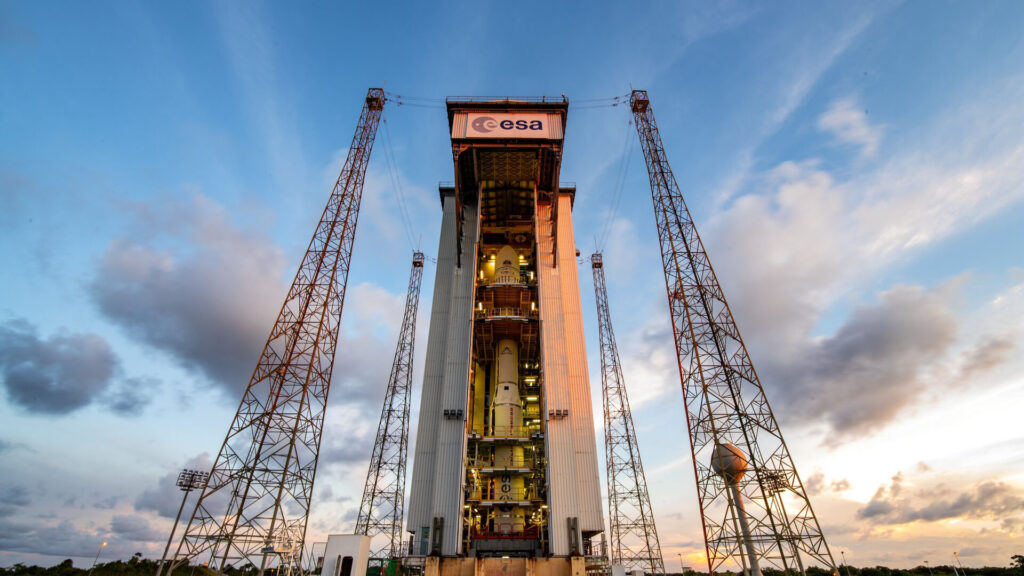The investigation into the failure of the European Vega C rocket in December has completed its work and found a culprit: a defect in an engine nozzle.
The loss of the European Vega C rocket now has a clear explanation. A little over two months after the failure of the VV 22 mission, which led to the destruction of two satellites (Pléiades Neo 5 and 6), the independent commission of inquiry responsible for elucidating the case has delivered its conclusions. These were shared on March 3, 2023.
It was indeed due to a gradual drop in pressure during the second phase of flight that the launcher failed. This phenomenon, observed during the ascent – it was a question of a ” under pressure –, however, retained a mysterious origin. It seemed obviously related to the stage called Zefiro 40, as it took place when its thruster was running.
A carbon nozzle problem
The investigation into the December misfire confirms that the problem is indeed in the Zefiro 40. More specifically, it was brought to light that the ” cause of failure is a gradual deterioration of the Zefiro 40 nozzle “. This degradation probably comes from a lack of control in the quality of the material used for the manufacture of the nozzle, notes the commission.
The insufficient homogeneity of the material on this part is thus considered responsible for the ” unexpected thermomechanical over-erosion of the carbon/carbon composite constituting the nozzle neck insert “, continues the report. This nozzle was purchased by the Italian firm Avio, which specializes in propulsion and aerospace, in Ukraine.
These observations led to two decisions: the first is that the Vega rocket will do without this carbon/carbon composite for the nozzle in the future. ” Acceptability criteria [ne sont] not sufficient to guarantee its ability to fly “, notes the report. Consequently, ” this specific composite material [est] now grounded. »

The second is the selection of an alternative material to the carbon/carbon composite. It is said that Avio has already ” implemented an alternative solution for the next Zefiro 40 nozzle necks “, relying on ArianeGroup, which will ensure its manufacture. This material is already used on the nozzles of the other stages of the Vega rocket, Zefiro 23 and Zefiro 9.
There is also some other reassuring news: the investigation did not reveal any weakness in the Zefiro 40 design. is also not in question. In addition, the launcher subsystems reacted during the flight ” according to their design “.
When will Vega-C fly again?
Now remains the key question: when will the Vega C rocket be able to return to the launch pad? Unfortunately, it’s not for tomorrow. The provisional timetable foresees an operational return towards the end of 2023. It is a long way off, but the commission has issued a series of recommendations to ensure that the technical solution to correct the Zefiro 40 is safe.
Thus, it is requested additional tests and analyzes to guarantee the reliability of the qualification of the alternative solution chosen », but also to re-qualify the Zefiro 40 engine with the alternative material. Finally, it is also a matter of guaranteeing the reliable production of the launcher and, through it, of its various components over the long term.
But if the Vega C rocket will not fly again immediately, its previous version (which is just called Vega) will be able to return to business much faster. Indeed, since the Zefiro 23 and Zefiro 9 engines are not affected (the Zefiro 40 is only used on the Vega C), Arianespace will be able to use its last two Vega launchers towards the end of summer 2023 and thus reduce the European capacity hole.
Subscribe to Numerama on Google News to not miss any news!
